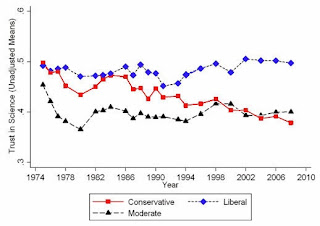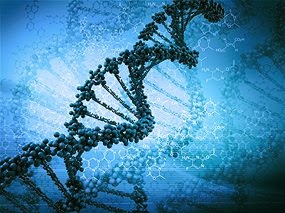From Technology Review's "Best of 2013":
 |
| Credit: footnote (1) link |
One of the dreams for security experts is the creation of a quantum internet that allows perfectly secure communication based on the powerful laws of quantum mechanics.
The basic idea here is that the act of measuring a quantum object, such as a photon, always changes it. So any attempt to eavesdrop on a quantum message cannot fail to leave telltale signs of snooping that the receiver can detect. That allows anybody to send a “one-time pad” over a quantum network which can then be used for secure communication using conventional classical communication.
That sets things up nicely for perfectly secure messaging known as quantum cryptography and this is actually a fairly straightforward technique for any half decent quantum optics lab. Indeed, a company called ID Quantique sells an off-the-shelf system that has begun to attract banks and other organisations interested in perfect security.
These systems have an important limitation, however. The current generation of quantum cryptography systems are point-to-point connections over a single length of fibre, So they can send secure messages from A to B but cannot route this information onwards to C, D, E or F. That’s because the act of routing a message means reading the part of it that indicates where it has to be routed. And this inevitably changes it, at least with conventional routers. This makes a quantum internet impossible with today’s technology
Various teams are racing to develop quantum routers that will fix this problem by steering quantum messages without destroying them. We looked at one of the first last year. But the truth is that these devices are still some way from commercial reality.
Today, Richard Hughes and pals at Los Alamos National Labs in New Mexico reveal an alternative quantum internet, which they say they’ve been running for two and half years. Their approach is to create a quantum network based around a hub and spoke-type network. All messages get routed from any point in the network to another via this central hub. (1)
Abstract
Network-centric quantum communications (NQC) - a new, scalable instantiation of quantum cryptography providing key management with forward security for lightweight encryption, authentication and digital signatures in optical networks - is briefly described. Results from a multi-node experimental test-bed utilizing integrated photonics quantum communications components, known as QKarDs, include: quantum identification; verifiable quantum secret sharing; multi-party authenticated key establishment, including group keying; and single-fiber quantum-secured communications that can be applied as a security retrofit/upgrade to existing optical fiber installations. A demonstration that NQC meets the challenging simultaneous latency and security requirements of electric grid control communications, which cannot be met without compromises using conventional cryptography, is described. (2)
1. Technology Review: Government Lab Reveals It Has Operated Quantum Internet for Over Two Years
2. Physics arXiv: Network-Centric Quantum Communications with Application to Critical Infrastructure Protection,
Richard J. Hughes, Jane E. Nordholt, Kevin P. McCabe, Raymond T. Newell, Charles G. Peterson, Rolando D. Somma

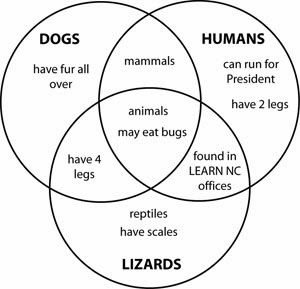

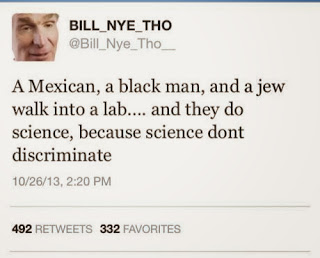

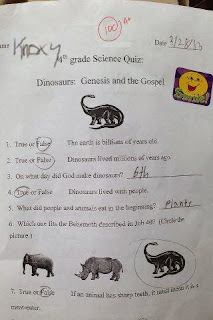

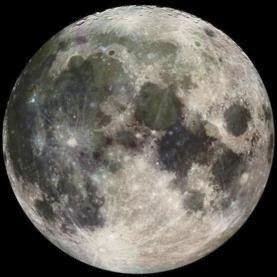

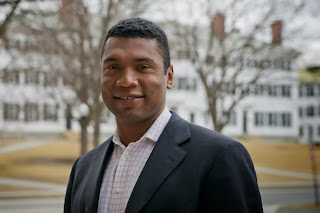


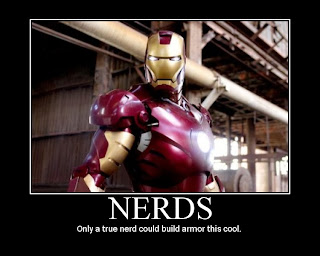
.jpg)



